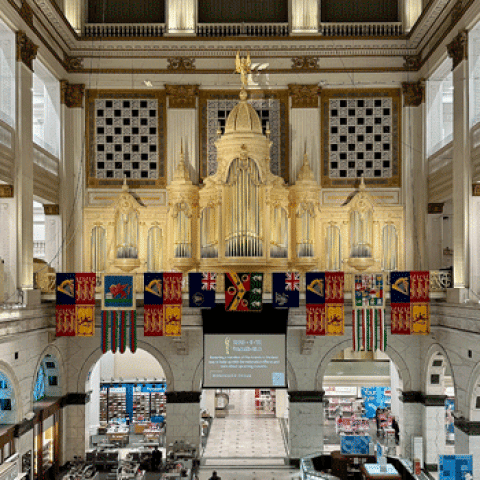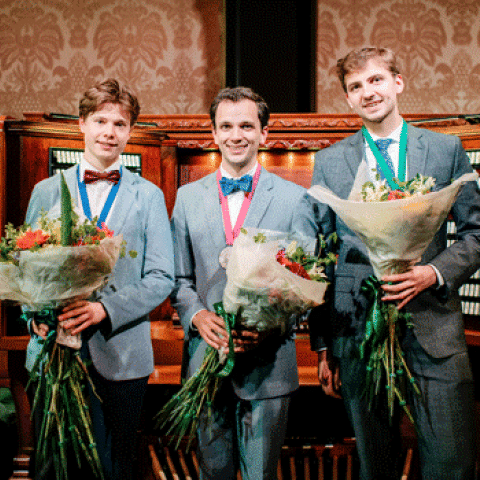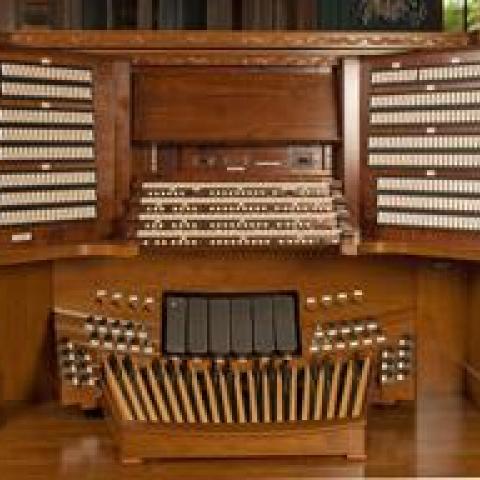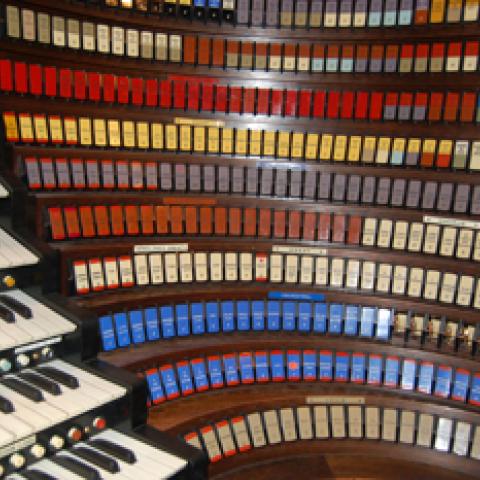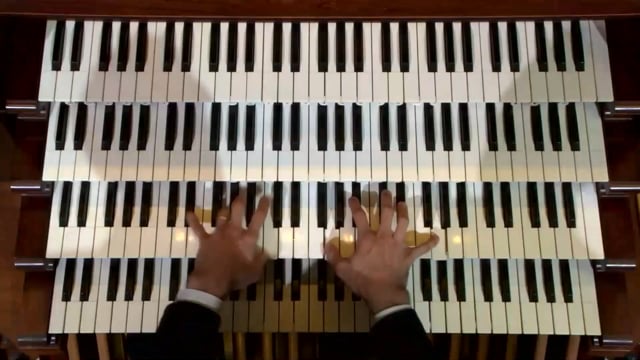Peter Richard Conte plays the Adagio in E Major by Frank Bridge on the Wanamaker Organ at Macy's, Center City, Philadelphia.
Peter Richard Conte was appointed Wanamaker Grand Court Organist in 1989 ̶ the fourth person to hold that title since the organ first played in 1911 – where he presides over the world’s largest fully-functioning musical instrument, at over 29,000 pipes, located at the Macy’s Department Store in the heart of downtown Philadelphia. The organ is heard in recital twice daily, six days per week, with Mr. Conte playing a majority of those recitals.
He is also Principal Organist at Longwood Gardens in Kennett Square, PA, and since 1991, has served as Choirmaster and Organist of Saint Clement’s Church, Philadelphia, where he directs a professional choir in an extensive music program firmly rooted in the Anglo-Catholic tradition. He is also a frequent collaborator and soloist with the Philadelphia Orchestra, and a guest artist with the Philly Pops for their annual Christmas Spectacular.
Peter Richard Conte is represented in North America exclusively by Phillip Truckenbrod Concert Artists, LLC.
www.concertartists.com
See his artist spotlight at https://www.thediapason.com/artists/peter-richard-conte

